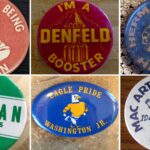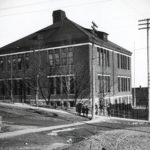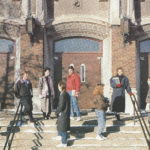Shredded tire mulch: Soft and safe or dirty and dangerous?
This Eyewitness News report from July covers the controversy of shredded tire mulch on playgrounds in Duluth. Cory Kirsling, father of a Lester Park Elementary School student, has started a GoFundMe page to raise money to have the mulch tested “for heavy metals, VOCs, off-gassing and leaching, toxins and carcinogens.” His page notes, “a local lab will collect the samples from our school’s playground, and we will share the research with everyone.”
Recommended Links:
Leave a Comment
Only registered members can post a comment , Login / Register Here













14 Comments
Nick L
about 9 years agoAaron C
about 9 years agoDorkus
about 9 years agoNick L
about 9 years agoNick L
about 9 years agoPaul Lundgren
about 9 years agoPaul Lundgren
about 9 years agoCory Kirsling
about 9 years agoCory Kirsling
about 9 years agoalannao
about 9 years agoPaul Lundgren
about 9 years agoPaul Lundgren
about 9 years agoPaul Lundgren
about 9 years agoPaul Lundgren
about 9 years ago